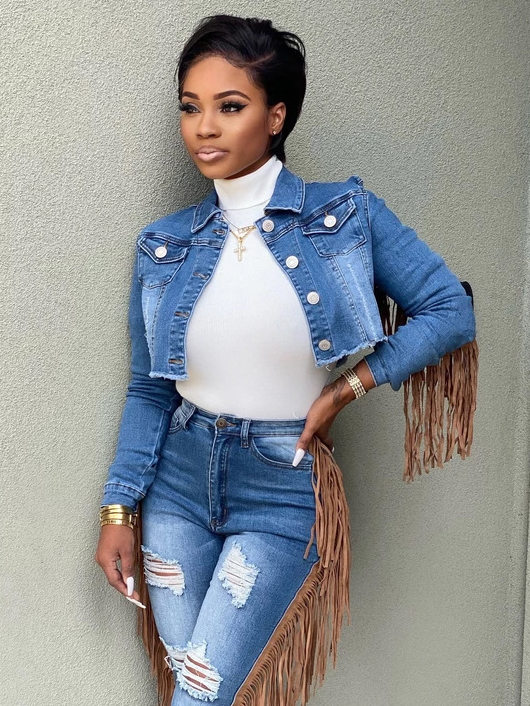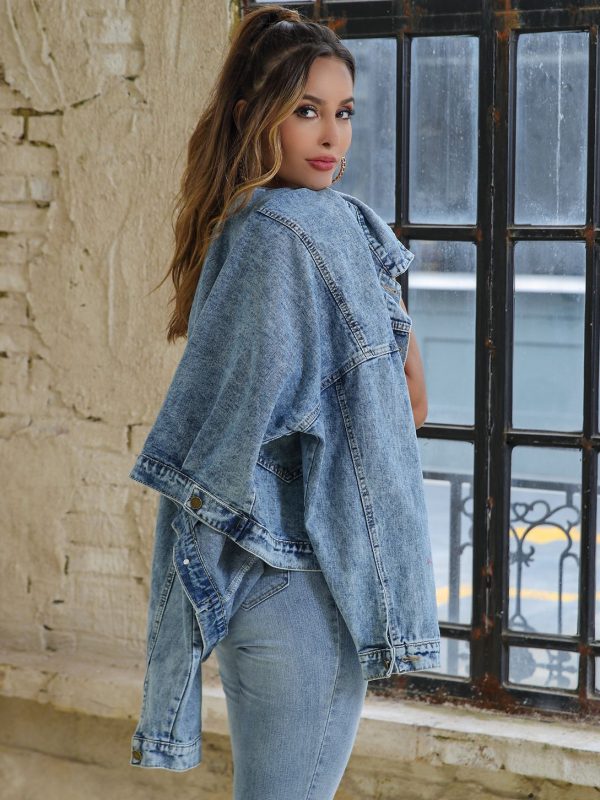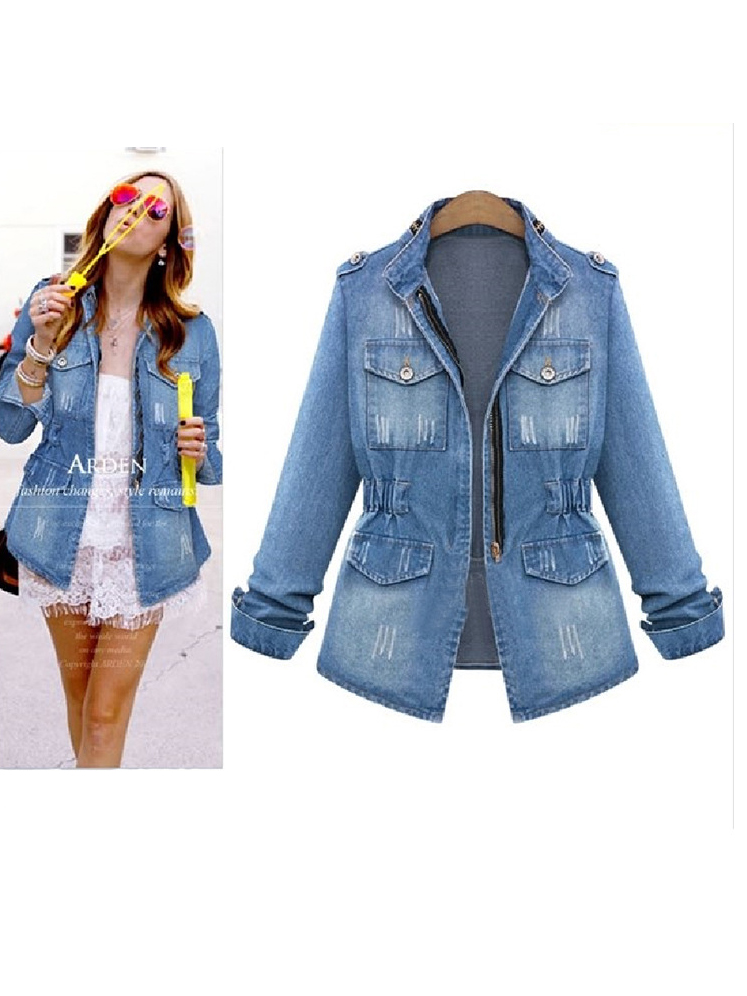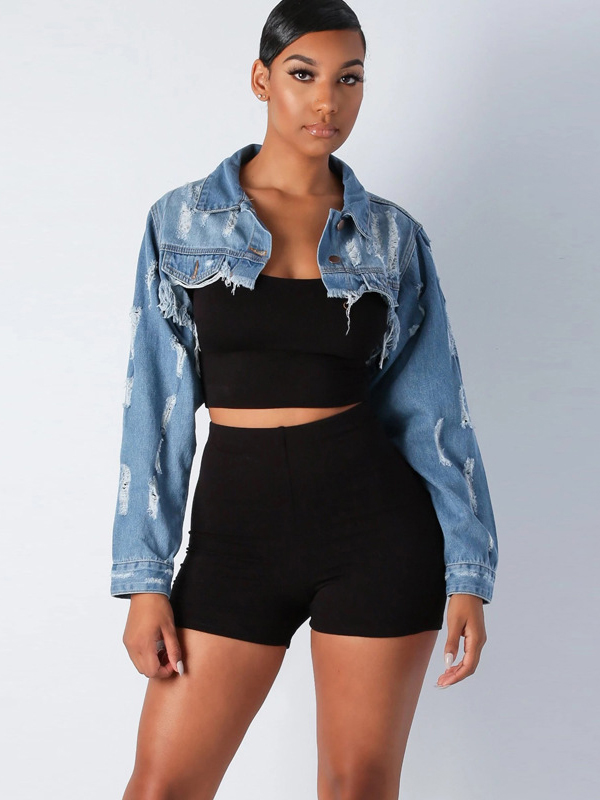Notice: Due to life and a bad case of RSI, I feared I wouldn’t be able to provide y’all with a column this week, but I am extremely fortunate in my friends, and Todd bravely stepped into the breach with this guest column.
Todd Harper is a PhD student in Telecommunications at Ohio University. He once described his research interests thusly: ‘Look at my papers this year… comic books, video games, He-Man and She-Ra, and gay porn. Who has more fun than us?’ His primary area is game studies, with some representation and queer theory on the side to keep from going insane.
A naturally self-effacing individual (read: a roiling vortex of poor self-esteem), he is not exactly well-published yet. However, you can read infrequent commentary on life, the universe, and everything in his blog.
I had high hopes about opening this column by talking about how superpowers are a metaphor for the Other, especially the sexual Other, in modern comic books. Then I realized this would be a lot like speaking to an ice floe full of penguins and calmly informing them that 1.) water is wet and 2.) my, it certainly is a little nippy here inside the Antarctic Circle. Never mind the fact that Bryan Singer wielded this concept like a sledgehammer and beat us over the head with it two films in a row. He even cast Ian McKellan, for god’s sake.
We get it. So let’s just start with the assumption that the link between having superpowers and being Othered is just sort of a given.
As long as we’re laying this sort of thing out, I should also admit that I am shameless when it comes to being convinced to consume media because they have gay characters. Many of the other LGBT people I know are the same way, and I am going to hazard that we do it because we are deathly curious. Seriously. Writers and creators have been getting it wrong for such a long time that there is a sort of grim fascination in finding out what the hell they’ve done wrong this time.
Oh sure, there’s always a honeymoon period where you go ‘Hurray! Gay visibility!’ and then THE CLICHE drops out of the rafters and crushes you like a meteorite strike. You love Will and Grace until you realize that Will and Jack represent 0.0005% of all the gay men you’ve ever met. You think Queer As Folk is awesome until you realize the characters are annoying caricatures. That sort of thing. I am sure anybody reading this would be happy to supply examples of the Cliche Anvil that they have had to claw their way out from under. I have heard that girls read comics, for example, and are pissed about representations. Shocking, I know.
The point here is that when I first picked up Young Avengers you know it was because of Billy and Teddy and I was on the prowl for the gay. I am honest about this. So that’s the other given.
What I believe we need to look at is how particular comics use this Othered metaphor of the superpowered individual to make a point. People have claimed the X-Men as a metaphor for racism and for homophobia. This very blog is replete with examples of how different comics represent women and gender symbolically and literally through their portrayals. We’re past the point of only saying ‘ZOMG! (x) is totally a metaphor for (y)!’ and nothing else. No duh, ref first paragraph.
A cursory look at Young Avengers reveals that it’s already rife with metaphor. It’s a story about young people with powers that are tied, in some way, to the recently disbanded Earth’s Mightiest Heroes. Even if the link is as strong as bonds of genetics, or as simple as the adoption of a codename, the Young Avengers are a mirror for the old ones. The entire thing is a metaphor for adolescence, inheritance, and family.
More importantly, though, the book’s many metaphors were nuanced and multi-dimensional. They crossed over issues of gender and sexuality, age and parenthood, race and class, and brought multiple Others together into a cogent message about the way we think about Otherness socially, especially in regards to teenagers and the whole identity feeling-out process. And that’s really what YA is about: the journey of these teenagers coming to grips with their Otherness, and a world hostile to both that Otherness and to them for being Othered.
Really, that nuance is what I had found missing from other treatments of homosexuality in comics, particularly Marvel comics (I admit to being a little clueless on the DC side; feel free to regale me with your own horror stories from that universe in comments). Northstar, for example, is an awesome character who I love, but I only love him for how terrible he is, if that makes sense. A bitchy high-class queen who is vaguely ethnic (there’s a Quebecois joke here somewhere, I can sense it)… oh my god, it’s too perfect to be true. And yet there he is. You do not even want to ask me about the remake of Rawhide Kid. I mean, I loved that book — the various jokes about how damned nelly the Kid was caused me to crack up regardless of how over the top said jokes typically were — but let’s face it, that portrayal was so two-dimensional it’s invisible if you turn it sideways. Like Singer and the X-Men films, the writers at Marvel tended to use a chainsaw when a scalpel was required.
This idea of nuance is really quite important. While I was working on my master’s degree I did some research on ideal portrayals of gay men on TV by interviewing gay men and asking what they thought such a portrayal would be. Almost to an individual, what they expressed was a desire for sexuality to not be the character’s defining characteristic; it should be part of a three- dimensional person, not the whole point of the character.
How does Young Avengers do that? Glad you asked.
Power Underwhelming: Let’s take stock for a second. There’s eight core Young Avengers over two books: Iron Lad, Billy, Teddy, Eli, Kate, Cassie, Tommy, and the Vision. Well, alright, seven and a half if you slam Iron Lad and the Vision together. But it’s interesting to note that three of these people have no inherent superpowers. Oh, sure, Iron Lad has nifty future tech courtesy of his future self (don’t think about it too hard, Kang gives me headaches too) and Eli takes MGH, but they’re not REALLY superheroes. Even Cassie was ‘born’ normal except for that minor detail of stealing Pym Particles from her dad. In fact, only Billy, Teddy, and Tommy have natural, inherent powers.
Think about that for a sec. We’ve already accepted that superpower = Othered logic earlier on, right? Yet in this book, half the Othered characters don’t have powers. Cassie got her powers trying to get closer to her estranged dad (a reformed criminal and superhero; you bet your boots he’s Othered). Eli started taking MGH because he was ashamed of letting down his grandfather Isaiah, the ‘Black Captain America’ (ZOMG OTHERED OTHERED OTHERED, right?). Iron Lad returns from the future with his nifty technosuit because in the future he’s a royal dork nobody likes and ends up becoming an evil time-spanning conqueror as a result (sort of). And while Kate has no real superpowers, she taught herself puissant fencing and archery skill because she was assaulted and likely raped (a psychosexual and social Othering for sure). In all of these cases Otherness came into these characters’ lives and they embraced it or were deeply changed by it, rather than having it forced on them at birth.
On the other side of the coin there’s Billy, and Teddy, and Tommy. They did have their Otherness sort of thrust upon them, from the get go (in multiple ways for Billy and Teddy). Teddy is a Skrull and a Kree (a Skree?) and has all sorts of nifty powers as a result. Billy has natural magical ability. Tommy is a mutant (the only real mutant in the group, in fact) with all that implies. They didn’t seek out power, they were just given power and forced to deal with the consequences. Billy and Teddy are also gay, which isn’t typically considered a superpower but probably should be.
In discussing his own heroic origins with Jessica Jones, Teddy makes the observation that people can be typical or average, but never normal, because everyone is unique, thus rendering ‘normal’ a useless term. But that characterizes the movement of the naturally powered characters compared to their non-powered peers. Billy, Teddy, and Tommy are constantly moving toward a perceived norm from their starting position of disadvantage, and there’s always something to trip them up: a selfish and exploitative friend, a proto-hominid bully, the fact that you accidentally blew up a schoolbuilding (I mean, look what that did for the New Warriors)… something ready to boomerang them back into Otherness.
The genius of Young Avengers is that those two movements — of the inherently ‘normal’ toward Otherness, and of the Othered toward ‘normality’ — meet in the middle in the form of, well… the Young Avengers. It’s one of the book’s strong points that it has both of these points of view about the nature of power, when you consider that power = Otherness. If they were all mutants they’d just be the X-Men, victims of birth and circumstance. If they were all ‘artificial’ heroes who gain power in some way, the full range of being a victim of your Otherness wouldn’t be conveyed quite as well. And then there’s the margin of the margins, Kate’s case not having powers at all but being Othered anyway by her assault. The various forms of Otherness play off each other. Kate, for example, resists gender roles, sexual norms, and is an enthusiastic class traitor, all in the process of becoming Hawkeye. Eli’s race, social class, and family all come together to make him Patriot. Teddy is the real poster child for this: he’s a gay Kree/Skrull teenage superhero orphan in a single parent home and the Super Skrull kinda sets his mom on fire. But somehow, throw them all together, and it works.
Consider this: when I was doing the textual analysis of YA that many of these points are drawn from, I was focusing mostly on sexuality. There were so many models of dealing with teenage sexuality in the book, and I was dead impressed with the diversity of them. The best part is that even the non-gay characters were working in a metaphoric way to talk about sexuality and the experiences of young gay people. For example:
- The straight student struggling to understand a friend or family member who is gay (Cassie)
- The gay teen who changes him/herself to be like the straight majority (Teddy)
- The gay outcast who flees from or is shunned by society (Billy, Tommy)
- The gay teen who is willing to give up anything to become normal (Iron Lad)
- The victim of sexual assault who is suddenly faced with a world s/he never wanted to be part of and is changed forever (Kate)
- The gay kid who turns to self-abuse and drugs in order to drown out the anger, shame, and sorrow (Eli)
They’re all rich portraits orbiting this concept of being Othered by power. And while I was focusing on sexuality, you can certainly map this to other sources of difference too.
Of course, the book’s supporting characters have a role to play here too. Particularly, Captain America and Jessica Jones are the most important: they represent two competing ideologies of gender and parenthood. If the book is a metaphor about being an Other from a teenager’s point of view, Cap and Jess are the Mom and Dad, the patriarchal and the matriarchal, the suppressive protector and the enabling supporter.
Wait Til Your Father Gets Home: Not to speak ill of the dead, but Captain America spends most of the book as 1.) the patriarchal father figure and 2.) dead wrong. For serious. Oh, his intentions are good, this much is clear. He’s worried about the kids’ well-being, after all. He doesn’t want them to get hurt or inadvertently hurt others, and he’s driven somewhat by his guilt about Bucky. But the key issue in YA is that in his desire to protect these kids, Cap is totally missing the point. He sees their Otherness and he accepts it, truly; but his reaction to it is to shut them away from a world where that Otherness is public and open. For their own good.
It’s Hawkeye-nee-Kate Bishop who sums the entire thing up fairly well, near the end of the second book. Patriot — ‘Lieutenant America’ in Kat Farrell’s words — is in the hospital recovering from a hit he took to protect Cap from a Kree laser blast. Cap asks the YA if they understand now why he wanted them not to be heroes, and Kate quite rightly replies:
‘Sir, with all due respect… the minute Eli is back on his feet, he’ll be chasing down bad guys, powers or no powers. That’s just who he is. It’s who we all are. The same as you. I know you and Iron Man don’t approve of us, but I can’t help thinking… if you guys had supported us — if you had taken the time to train us — maybe Eli wouldn’t be in surgery right now. Maybe Billy’s parents would still have a place to live, and Teddy’s mother would still be alive. That’s how it feels, anyway. So, if you really want to protect us… you’ll accept us.’
He does, too. That’s the best part. In the end of the book Cap recognizes Kate as the ‘new’ Hawkeye (poor Clint, when he comes back from the dead, but that’s another story entirely). In the Civil War event Cap sees the YA as valuable allies and makes the effort to rescue them, incorporating them into the Secret Avengers as partners in his resistance effort.
Importantly, though, the ‘opposition’ to the Otherness isn’t some sort of scary social monolith like anti-mutant sentiment. We are invited, through our general approval of Captain America (who’s pretty damn likeable even if he is the standard bearer of American patriarchal capitalist society), to identify with the point of view, and then gently told why it shouldn’t be by our identification with the Young Avengers themselves. It avoids a damaging us-vs.- them mentality and adds an extra dimension to the argument. And the truth of the matter is, Cap is a symbol that not all people of privilege are oppressing the Other out of malice. That sword can cut both ways, of course — Heinberg usefully gives us famously anti-superhero J. Jonah Jameson in the comic’s second panel as a foil — but it’s important, especially given the role of sexuality in the story. Captain America honestly means well and is trying to do what’s right, even if he’s going about it all wrong.
Mommy Dearest: If you have a father figure, you also have a mother figure, and Heinberg picks the absolute best person possible for the job: Jessica Jones. Your normal host has already discussed Jess at length so I will save myself some embarrassment and not try to top her. Taking everything into account, though, there are few other characters in the Marvel universe who could have as successfully filled the role Jessica plays in Young Avengers as she does.
And what role is that? Mother figure is sort of the obvious one; the special issue focusing on the origin stories of the Young Avengers features Jess at her most motherly, trying to find out why the kids are the way they are, how they got here, what they want to do. She listens, she offers advice, she shares her own experiences, and most importantly she takes them all seriously. One of the last panels of the issue is Jessica standing with her boyfriend (and the father of her at the time unborn child) Luke Cage. He says that it seemed like Jess wasn’t able to talk them out of being superheroes like Cap wanted her to, and asks what she’ll say when their superpowered daughter wants to be a Young Avenger. Jess simply replies, ‘At this point, I want to be a Young Avenger.’ She makes a particularly strong connection with Kate Bishop in that issue thanks to their shared history of sexual assault.
In the opening of the book, J. Jonah suggests the assignment of finding and talking to the YA will help Jess develop her mothering skills. Jess replies, sarcastically, ‘What mothering skills?’, to which JJ simply says: ‘Exactly.’ In fact, Jessica is quite concerned about her fitness to be a real mother and expresses that doubt to the various YA members a number of times. Eli gets her back, however; when she claims that she’s not very good at this parenting thing, he responds, ‘Could have fooled me.’
However, what Jess really does throughout the book is question patriarchy privilege symbol Captain America. When he suggests the patriarchal response to the situation she is always there with the rejoinder, ‘Is that really the right thing to do?’ Of course, this is also one of the more problematic things about Jess in the books; she rarely, if ever, contradicts Cap or Iron Man (the patriarchy sidekick… okay, imagining Tony dressed as Robin now, I need to go lie down), letting them take the lead and contenting herself with working on a more ‘grassroots’ level, as it were. A more assertive Jessica Jones would certainly be more positive, though I’m not convinced it works with the narrative as well. Part of Jess’ ability to connect with the YA is that she is unsure about the right answers. She doesn’t know if it’s right that they’re superheroes or not; as previously said, she doesn’t even know if she’s done anything right herself or not. She only knows that it’s wrong to keep them from exploring their Otherness through heroism and that they need a chance to find themselves.
The comic also uses Jess as a way to cement its ideological standpoint. We know when Jess appears alone, her ideology has won out. She’s the one who delivers Hawkeye’s bow and Cap’s message to Kate, for example; she is the one who watched over Eli in the hospital, she’s the one who gets the kids’ life stories. The last panel of the comic is interesting in that regard. It’s an action shot, the various YA members heading off into the fray. They are starbursting away, however, from the center point: a statue of the founding Avengers, at the foot of which stands an approving Jessica Jones, holding a hand to her pregnant belly.
What better way to end the comic? Jessica-as-mother is the perfect symbol for this family that the YA have become in such a short time. A white, middle class woman, a victim of rape, a superpowered individual, one half of an interracial couple. Yet she has not only survived, but flourished, as an Other. The Young Avengers as a group are much the same. They are, as the characters themselves are careful to reiterate over the course of the book, a family. Their disparate backgrounds and their ability to connect give us hope and remind us that there is solidarity in difference.
I think her words to Luke on the subject are pretty apt:
At this point, even I want to be a Young Avenger. - –
Commenting on GRC Guest Columns: A Guide.
1) Please assume good faith on the part of the guest. I invited these writers because I am familiar with their work and I think it’s good. I don’t edit their columns, and I may not agree with them 100% on every subject, but I think they say smart and thoughtful things. You are free to disagree with them, but please consider them my honoured guests in this space that I host, and be polite in your disagreement, as per general forum rules. The columnist, if they respond, is naturally bound by those same rules.
2) If you have questions for the columnist, address them to the columnist (who may or may not respond). If you have ideas related to the topic, discuss them the same way you would discuss them had I written the column.
3) Guest columnists may write in styles and discuss topics I don’t or haven’t. That difference is almost certainly one of the reasons I invited them here. If you have objections to the guest’s style or choice of topic, you may voice them politely but you may like to consider whether you are actually adding anything to the discussion, or performing the equivalent of saying ‘Karen, your column would be great if it wasn’t written from the point of view of a girl reading comics and getting pissed.’
With all that in mind, you may well like to comment on this column here!




